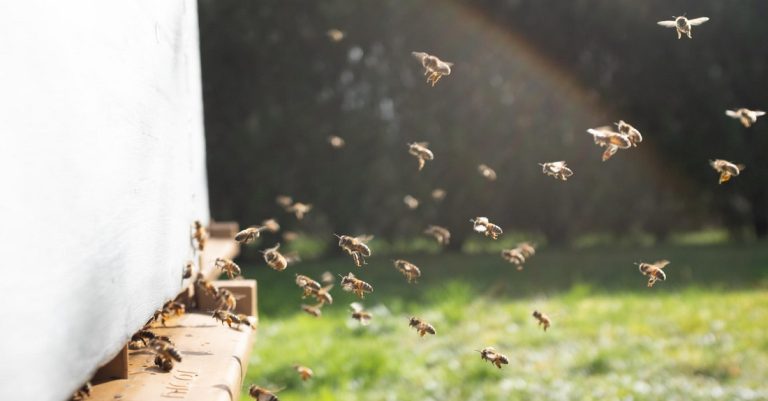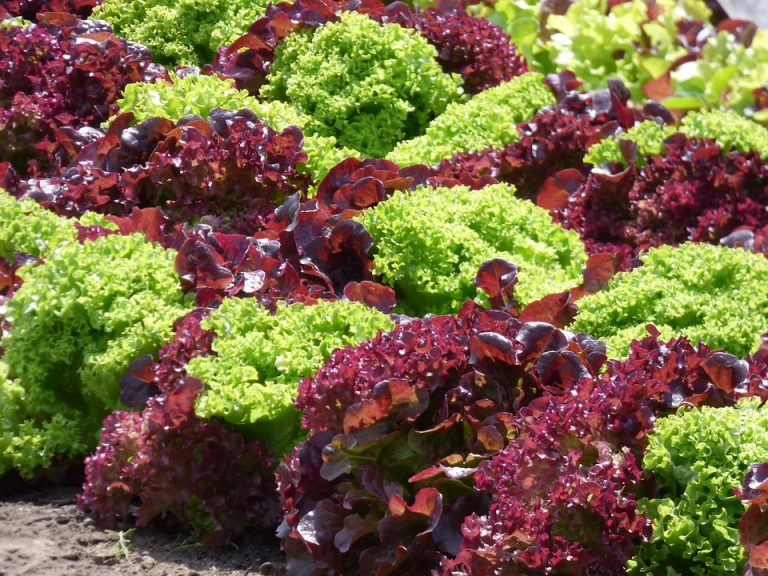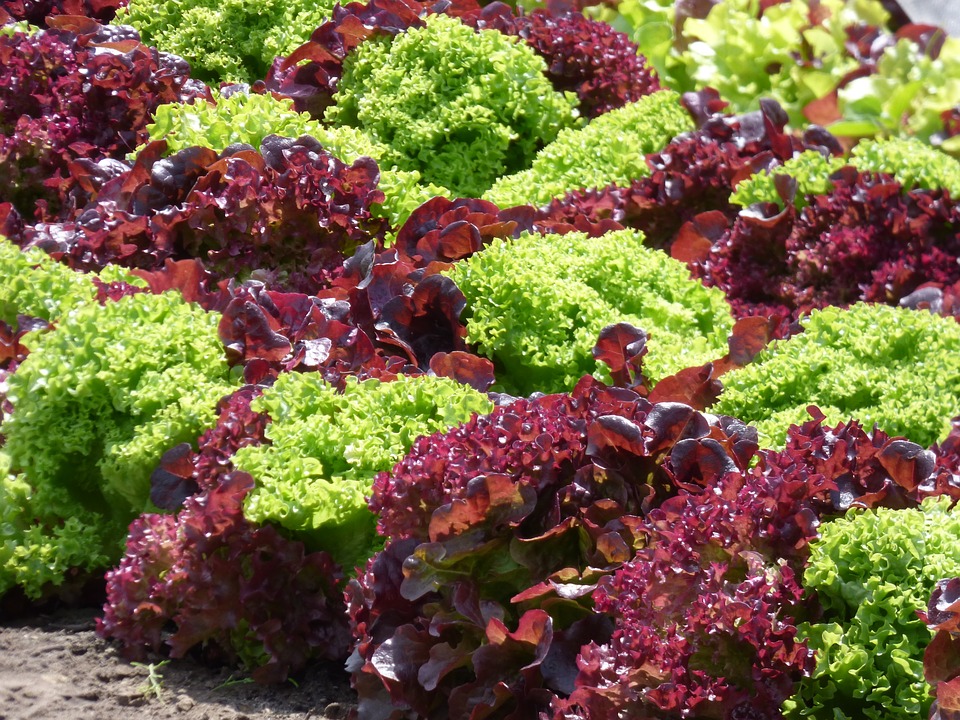If you walk around with open eyes, you will increasingly see beehives in private gardens. In recent years, beekeeping has become a hip hobby almost overnight, partly because it has been found that the food supply for honey bees is sometimes far greater in cities than in the country. Because there are often monocultures due to intensive agriculture, which after the harvest are like an empty plate for bees. Politicians are now taking countermeasures with the promotion of flower strips, but the large number of balcony plantings, allotment gardens, city gardens and city-tended flower beds as well as urban gardening projects and tree sponsorships usually still offer a greater variety and a food supply from spring to late summer/autumn.
Beekeeping – A hobby for everyone?
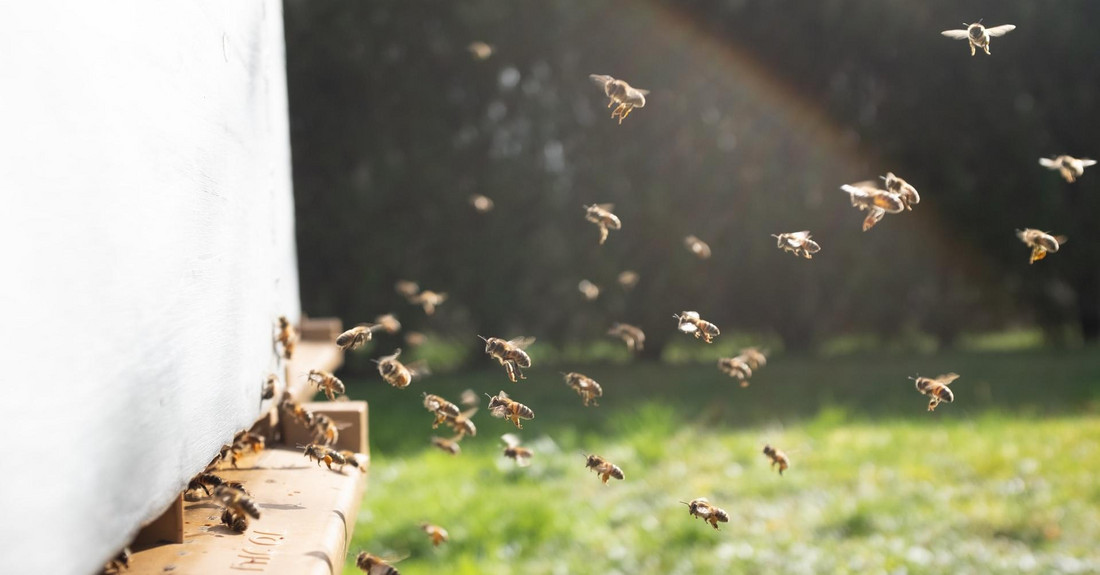
From 0 to 100
Basically, beekeeping is a hobby for everyone. Children are introduced to this form of animal husbandry in beekeeping associations and school projects, and as long as personal fitness plays along, there are no upper age limits.
For those who can no longer or do not want to lift that heavy, a box full of honeycombs can weigh up to 25 kg, there are appropriate solutions: boxes that are only half high and therefore only half as heavy or hive systems light styrofoam to reduce the base weight and of course the help of other beekeeping friends.
Beekeepers as allergy sufferers
Even those who are allergic to bees are not necessarily denied the hobby. There are protective suits and gloves that protect against stings and peoples bred to be gentle who are generally not in a bad mood when handled correctly. If you know that you are allergic to bee venom and that doesn’t deter you, then you should always have an emergency pen with you and inform fellow beekeepers.
Beekeepers without their own garden?
Even without your own garden and thus parking space for your bee colonies should not deter you. If you have a balcony, you can ask your property manager whether you are allowed to keep bees, as there are already systems designed for balconies.
Alternatively, you can ask around in your neighborhood via social media or the classic way with notices in the supermarket whether you can set up your bee colonies in someone’s private garden. There are now many who are open to it and to whom one or the other glass of honey is enough thanks.
Prerequisite for hobby beekeeping
Youtube is good, real discourse is better
In order to keep honey bees and produce honey as a hobby beekeeper, especially for your own use, no training is necessary, but you should be aware that you are dealing with living beings. While in most cases the bees themselves know best what is good for them, there are a few things you should know before getting any bees.
For example, ask your nearest beekeeping association whether they offer courses for newbies. Or ask long-established beekeepers if you can give them a hand and look over their shoulders. It’s important to be able to lend a hand and look inside the beehive, that’s the best way to learn and you have the professional on site to answer your questions.
Member of the beekeeping association and insurance
Similar to liability or household effects, you should also have insurance for your bee colony. If you are a member of the beekeepers’ association and only own a few hives, this is not a big investment and is usually billed together with the association fee.
Report to the Animal Disease Fund
As beekeepers are no longer located miles apart, diseases are more likely to spread more quickly. In order to identify locations in the area, to warn and, if necessary, to withdraw them from circulation, it is therefore absolutely necessary to register your colonies with the disease fund. However, the process is quite easy to complete using a form, which can usually be downloaded from the animal disease fund.
Basic equipment for beekeepers
If you want to start beekeeping, you need some basic equipment. There would be
The hives and frames
These are the dwellings for your bees. You can get these new in specialist shops and in different versions. When buying used, you should be careful, especially as a new beekeeper. The hives can contain remnants of pathogens or mites that are not good for your colony.
The protective clothing
Even if many bee colonies are bred to be gentle, a bee sting, especially on the face, is very unpleasant and a hat with a veil is affordable for protection. Special, thicker and, above all, long gloves are also recommended, as they prevent bees from crawling into your shirt sleeves and then stinging your arm or upper body out of claustrophobia. If you prefer to play it safe, you can wear tops with veils or even full-body suits. The latter are like a sauna suit in hot summers, but you have to think about what exactly you want to do with the beehive beforehand.
The tool
The most important utensils are a smoker and a stick chisel. With a smoker you produce smoke and pretend a forest fire to the bees. They retreat and gorge themselves on Hong to have enough energy in case they escape. Use the stick chisel to lift the frames out of the hive.
That brings you the hobby of beekeeping in a self-sufficient garden
Honey – the sweet, liquid gold
Of course, honey bees produce honey and very few hobby beekeepers keep bees without also having their own, self-produced honey in mind. If you want to be as self-sufficient as possible, honey is of course a sweet source of energy, which can also be used for your health in Oxymels, for example.
A strong colony can bring 20, 40 in good years also 60 kilograms of honey.
Attention: Anyone who wants to sell honey or just give it away as a gift must comply with the hygiene regulations when extracting and filling and labeling the honey jars with all the necessary information is required.
Propolis
There are people who swear by propolis as a panacea, whether as an admixture to honey or as a tincture for wounds.
Beeswax for DIY projects
Anyone who uses their own beeswax to make candles or beeswax wraps knows what’s inside. However, cleaning the wax is a bit time-consuming, which is why many hobby beekeepers do without it. The spun combs can also be reused. This saves the bees the time they need to build their own honeycomb and they can put their energy directly into caring for the brood and procuring food, and thus honey production. The longer the honeycomb is used, the darker it becomes because it is more contaminated. If you don’t want to melt them down yourself, they belong in the residual waste due to possible pest or disease contamination.
Pollinator performance
Of course, it’s not just the honey bees that pollinate our fruit and veg, but having them in your kitchen garden definitely can’t hurt. The work done by the flying helpers is priceless.
Deceleration and feelings of happiness
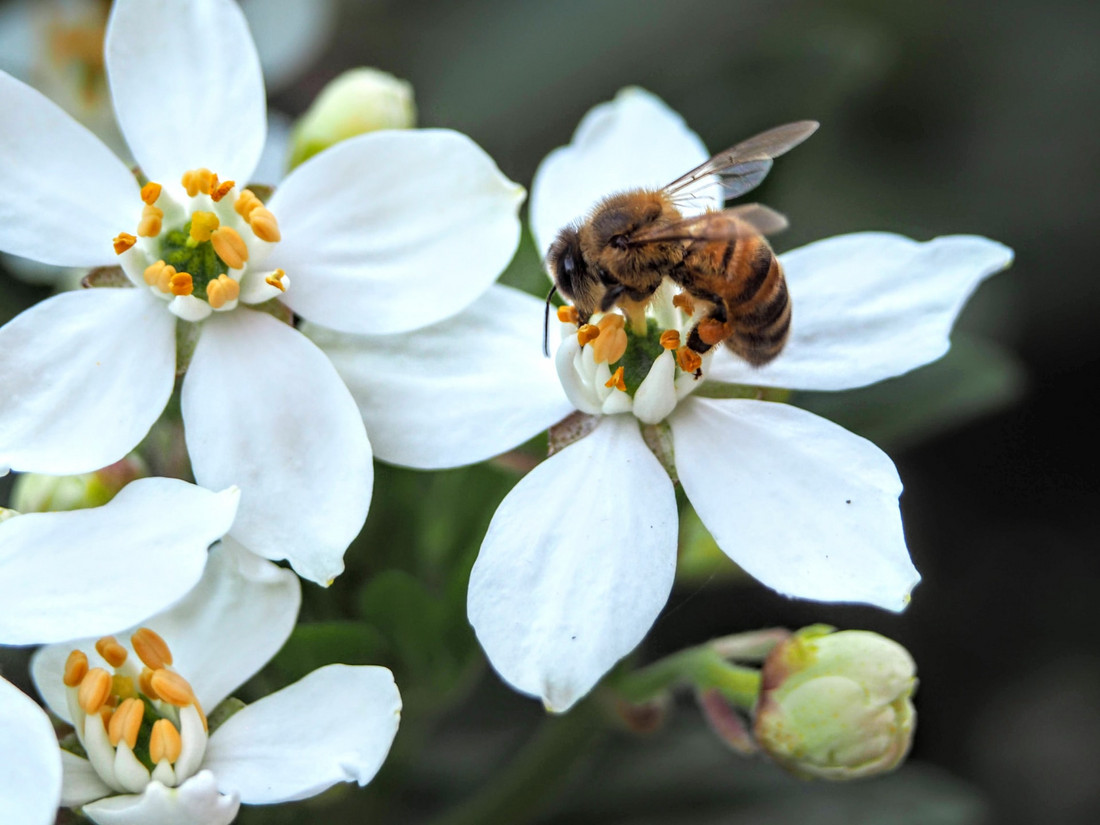
Keeping bees is usually more of a hobby and relaxation than work. The bees do most of the work without our intervention. We only check from time to time whether everything looks good, the queen is laying eggs and the brood is being cared for, whether we need to expand the brood chamber or honey chamber, whether pests such as the Varroa mite have settled in, harvest the honey and feed it Winter possibly too. The rest of the time we can watch the bees at work, relax with the steady buzzing and nibble the first honey straight from the honeycomb.

